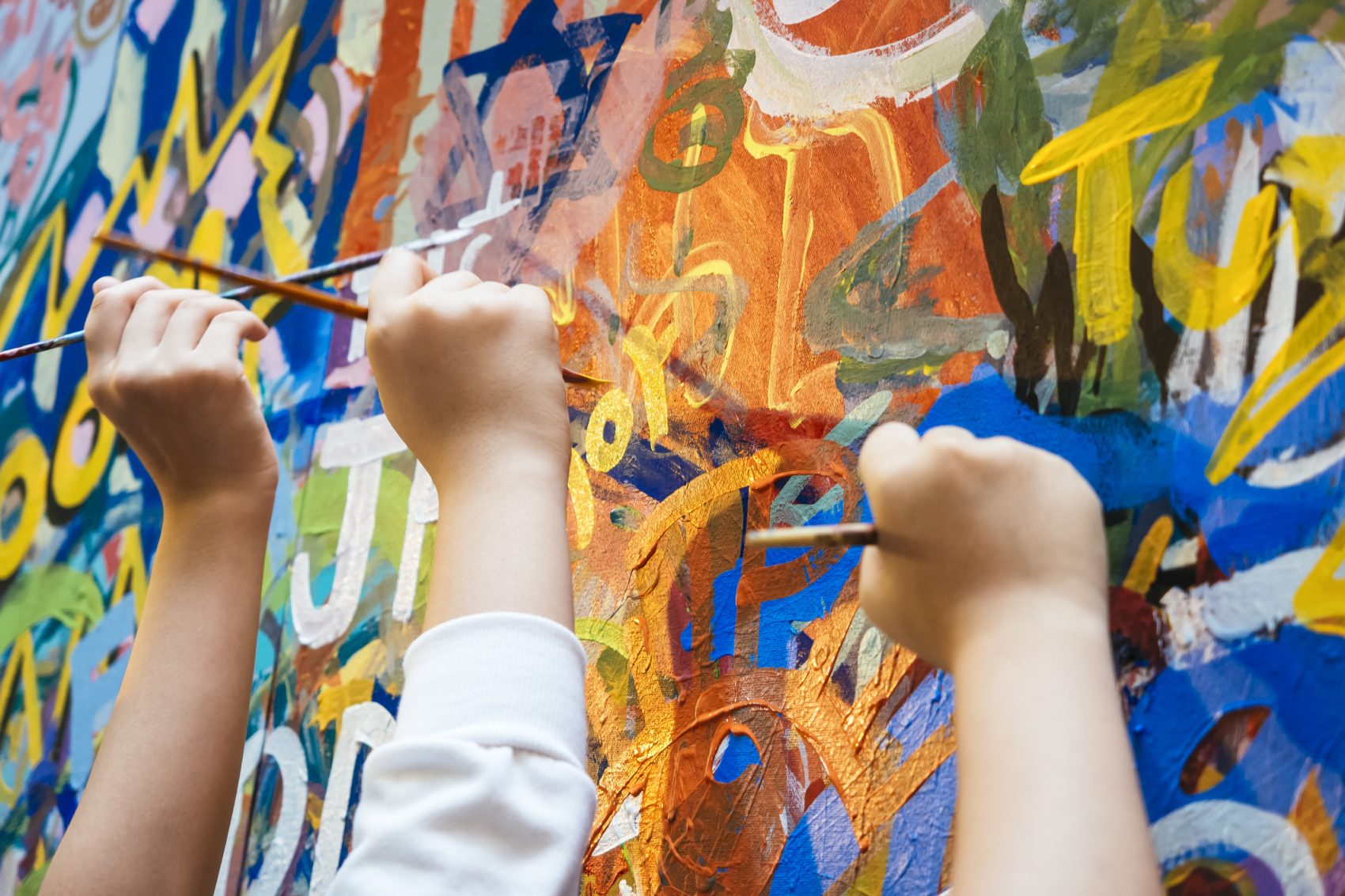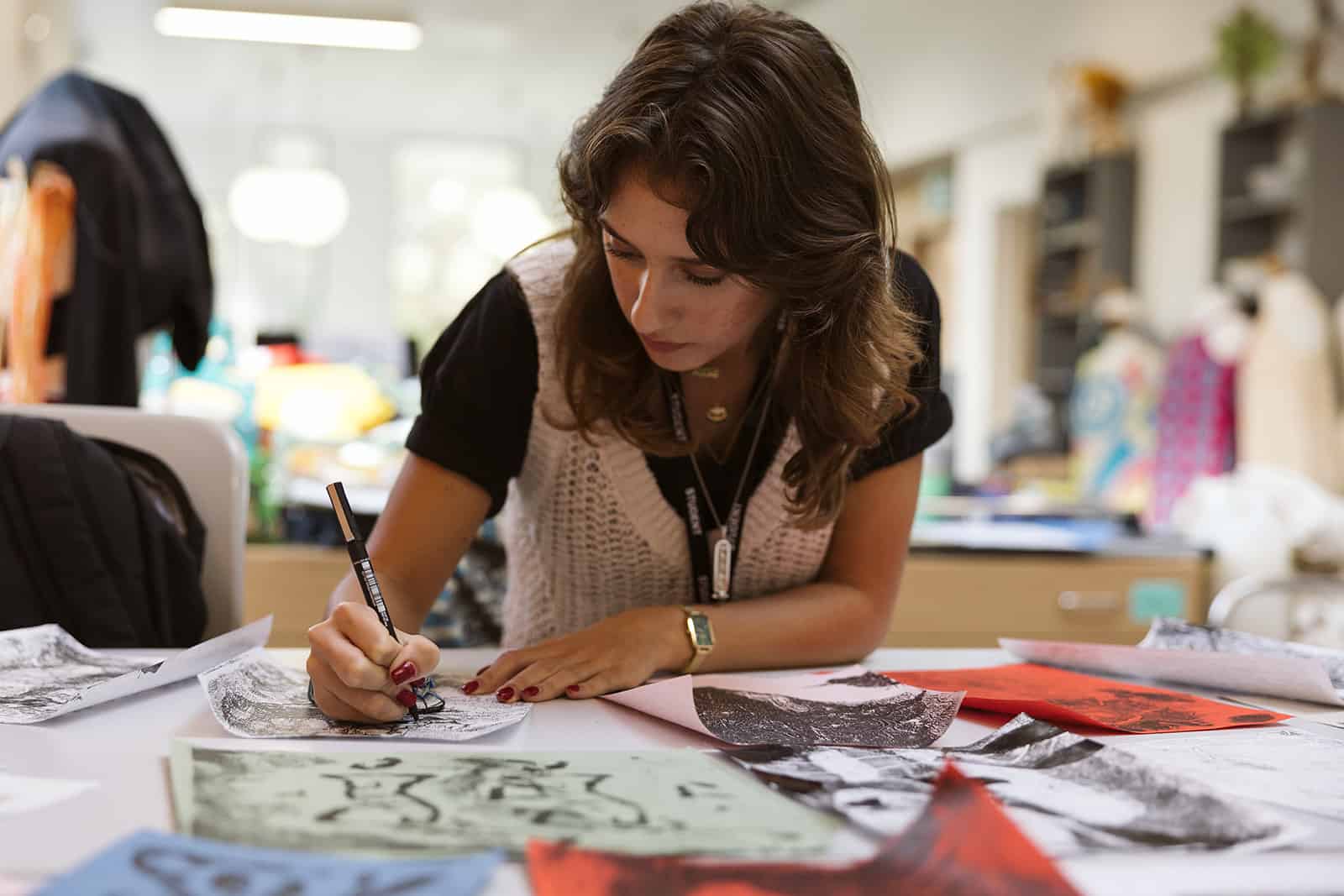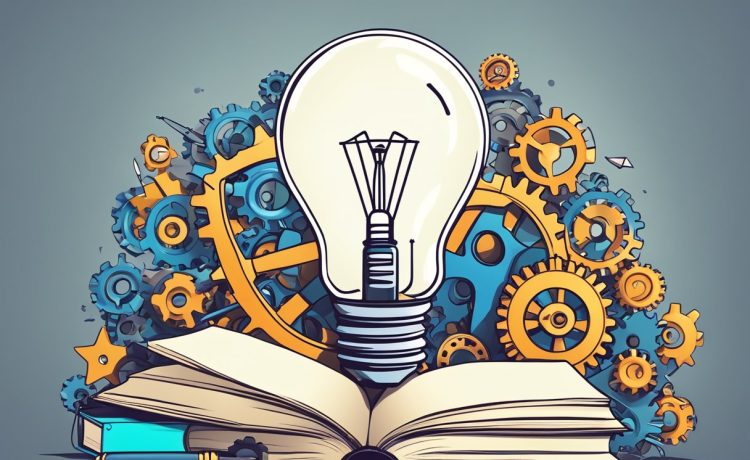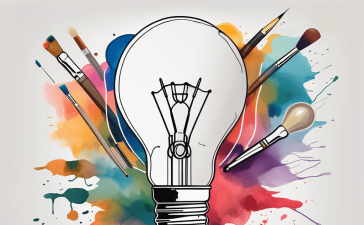Education has traditionally been associated with core subjects such as mathematics, science, and literacy. While these disciplines are essential for academic and professional development, the arts often occupy a secondary position in curricula worldwide. Yet, growing evidence suggests that integrating the arts into education is not only beneficial but crucial for nurturing creativity, critical thinking, cultural awareness, and emotional intelligence.
This article explores the intersection of arts and education, the benefits of artistic learning, the challenges of implementation, and why the future of well-rounded education depends on embracing the arts as a central pillar.
Defining Arts in Education
Arts education encompasses a wide range of creative disciplines, including:
-
Visual Arts: Painting, drawing, photography, sculpture, and design.
-
Performing Arts: Music, dance, theater, and film.
-
Literary Arts: Creative writing, poetry, and storytelling.
-
Digital Arts: Graphic design, animation, and multimedia production.
Unlike subjects with rigid structures, the arts emphasize exploration, self-expression, and imagination. In an educational context, arts are not just about producing creative works but about learning through creative processes.
The Cognitive Benefits of Arts in Education
Research has consistently demonstrated the cognitive advantages of incorporating arts into the classroom.
-
Enhanced Creativity and Innovation
Arts encourage divergent thinking—generating multiple solutions to a problem. This type of thinking is critical in an era where innovation drives industries. Students exposed to the arts often show higher adaptability and problem-solving skills. -
Improved Academic Performance
Studies by the Arts Education Partnership show that students who participate in arts programs often achieve higher scores in subjects like math and reading. Music, for instance, has been linked to spatial-temporal reasoning, which strengthens mathematical skills. -
Critical Thinking and Analysis
Engaging with the arts requires interpretation, questioning, and evaluation. Whether analyzing a poem or interpreting a painting, students learn to examine perspectives and develop critical thinking abilities.

Social and Emotional Learning Through the Arts
Arts education is not solely about intellectual growth—it deeply impacts emotional and social development.
-
Self-Expression: Arts provide an outlet for emotions and ideas that may not be easily expressed through words.
-
Empathy and Cultural Awareness: Exposure to diverse art forms helps students appreciate different cultures, histories, and experiences.
-
Confidence and Communication Skills: Performing on stage, presenting artwork, or reading aloud fosters self-confidence and enhances verbal and nonverbal communication.
-
Collaboration: Group projects in theater, music ensembles, or art workshops teach teamwork and collective problem-solving.
Through these experiences, students build resilience, compassion, and interpersonal skills that extend far beyond the classroom.
Arts as a Bridge Between Cultures and Disciplines
One of the most powerful aspects of arts in education is its ability to connect different cultures and academic disciplines. For example:
-
STEAM Education: By integrating arts into STEM (Science, Technology, Engineering, and Mathematics), educators create STEAM—a holistic approach that fosters creativity in scientific and technical fields. A student designing an engineering project may use artistic principles like balance, symmetry, and aesthetics.
-
Cultural Understanding: Art history, world music, and literature expose students to diverse traditions, enhancing global awareness and tolerance.
-
Language Development: Creative writing and drama activities improve vocabulary, comprehension, and narrative skills.
In this way, the arts are not isolated subjects but vital tools for interdisciplinary and cross-cultural learning.
Technology and the Future of Arts Education
Technology is reshaping how arts are taught and experienced in education.
-
Digital Platforms: Students now learn to create digital illustrations, animations, and music compositions using software like Adobe Creative Suite or GarageBand.
-
Virtual and Augmented Reality: Museums and classrooms use VR to immerse students in cultural and historical artworks, bringing learning to life.
-
Online Collaboration: Platforms such as Google Arts & Culture allow students worldwide to share creative projects and collaborate across borders.
By blending traditional art forms with modern technology, educators prepare students for creative industries while preserving the timeless value of artistic expression.
Challenges in Arts Education
Despite the proven benefits, arts education faces numerous challenges globally:
-
Funding Cuts
In many education systems, budget limitations often lead to cuts in arts programs, prioritizing subjects seen as more “practical” for career readiness. -
Standardized Testing Pressures
An overemphasis on standardized testing in subjects like math and reading often leaves little room for arts, which are harder to measure in standardized ways. -
Equity and Accessibility
Access to quality arts education varies widely. Students in underserved communities may lack resources, trained teachers, or extracurricular programs. -
Perception of the Arts
Arts are sometimes perceived as “soft subjects,” leading parents and policymakers to undervalue their importance in comparison to technical fields.
Why Arts Education Matters in a Global Economy
In the 21st century, creativity and innovation are among the most sought-after skills by employers. Businesses increasingly value employees who can think outside the box, collaborate effectively, and adapt to new challenges. Arts education fosters exactly these abilities.
Moreover, the creative industries themselves—film, music, design, fashion, gaming, and media—represent a multi-trillion-dollar global economy. Preparing students with artistic skills equips them for opportunities in these rapidly growing sectors.
Successful Models of Arts Integration
Around the world, many schools and organizations are demonstrating how arts can be successfully integrated into education.
-
Finland’s Education System: Known for its holistic approach, Finland emphasizes creative learning alongside academics, with strong arts programs at every level.
-
The Kennedy Center’s Arts Integration Program (U.S.): This initiative trains educators to use the arts as teaching tools across all subjects. For example, using drama to teach history or dance to explain scientific concepts.
-
Community Arts Partnerships: Collaborations between schools, museums, and theaters provide students with hands-on learning experiences beyond the classroom.
These models highlight that effective arts education does not require abandoning traditional subjects but rather weaving creativity into the entire learning experience.
The Future of Arts in Education
Looking ahead, arts education will likely continue evolving to meet the needs of a digital and interconnected world. Several trends are emerging:
-
Globalized Curricula: Emphasizing multicultural arts experiences to prepare students for global citizenship.
-
Hybrid Learning: Combining in-person art classes with digital tools and online exhibitions.
-
Wellness-Oriented Education: Using arts as therapy to address mental health challenges among students.
-
Community Engagement: Expanding partnerships between schools, cultural institutions, and local artists.
By embracing these trends, education systems can create environments where creativity and critical inquiry are as valued as technical and academic skills.

Conclusion
The arts are not luxuries in education—they are necessities. They empower students to think creatively, communicate effectively, and engage empathetically with the world around them. From enhancing academic performance to fostering cultural understanding, arts education provides tools for lifelong learning and personal growth.
As we look to the future, the challenge lies in ensuring equal access to quality arts education for all students, regardless of background or resources. By integrating the arts into curricula, embracing technology, and rethinking education beyond standardized metrics, we can prepare a generation not only for careers but also for meaningful, creative, and connected lives.
In the words of many educators and thought leaders: education without the arts is incomplete.






